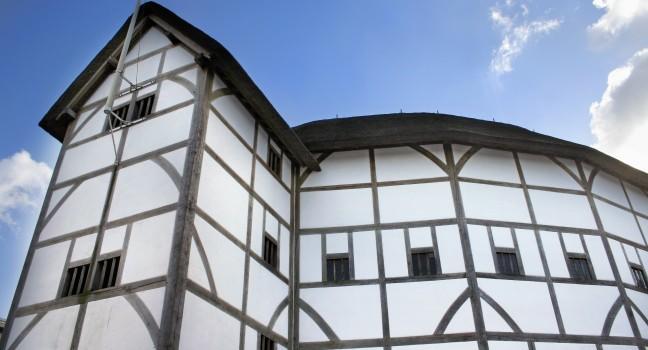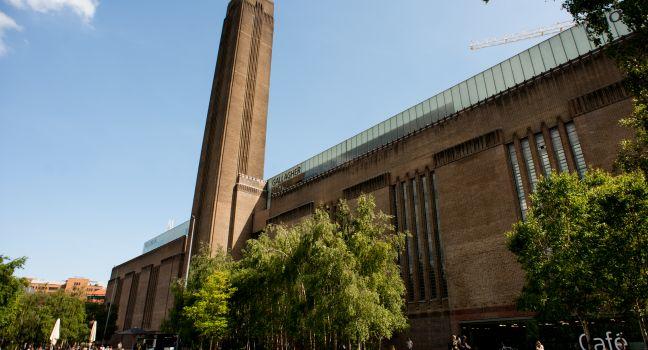Borough Market
There's been a market in Borough since 1014, and this latest incarnation, spread under the arches and railroad tracks leading to London Bridge Station, is where some of the city's best food producers sell their wares, with more than 100 stalls selling food from around the world. Fresh coffees, gorgeous cheeses, chocolates, and baked goods complement the organically farmed meats, fresh fish, condiments, fruits, and vegetables. The market is divided into three areas: one for larger producers and merchants, one for small specialist produce traders, and one for street food traders, all surrounded by above-average restaurants, bars, and shops.
Don't make any other lunch plans for the day; this is where celebrity chef Jamie Oliver's scallop man cooks them fresh at Shellseekers, and Ginger Pig's free-range rare-breed sausages sizzle on grills, while for the sweets lover, there are chocolates, preserves, and Whirld's handmade fudge. The Market Hall hosts workshops, tastings, and a demonstration kitchen, and even houses an orchard. The market is open Monday through Friday 10–5, Saturday 8–5, and Sunday 10--3, though not all traders operate on all days; check the website for more details.
On weekends, a separate, highly regarded market specializing in produce and street food operates on nearby Maltby Street. It was originally established by eight breakaway Borough Market traders. There you'll find some eight stalls specializing in gyoza, sausage and mash, Ethiopian dishes, duck frites, and Venezuelan street food, plus purveyors of brownies, craft beer, local gin, and more in the surrounding railway arches.







